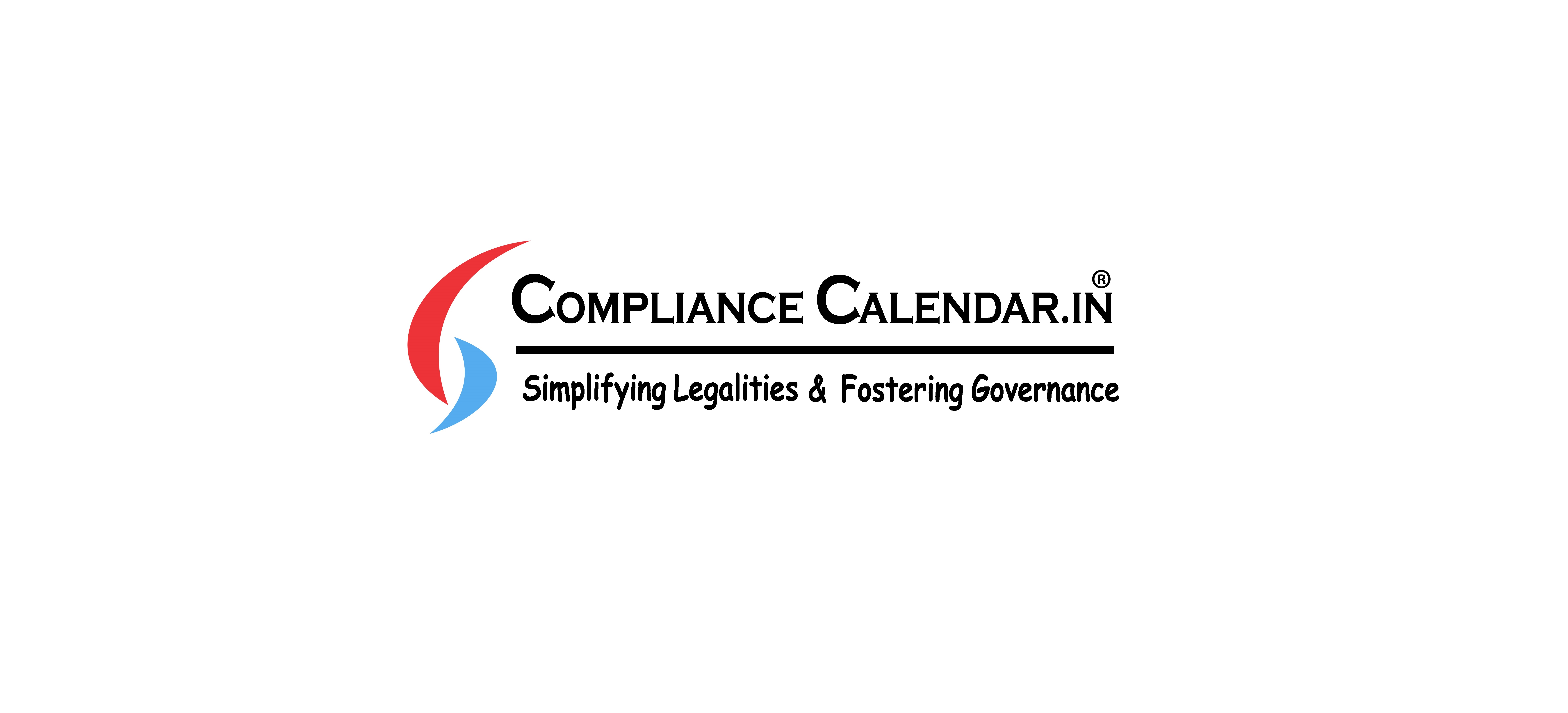 The lifecycle of a business often includes not just its inception and growth but also its eventual closure. Whether you are running a Limited Liability Partnership (LLP) or a Private Limited Company, understanding the closure process is critical. Closure ensures compliance with legal formalities, avoids penalties, and allows you to exit gracefully. This article explores the procedures for closing an LLP and a company while touching upon their registration processes.
The lifecycle of a business often includes not just its inception and growth but also its eventual closure. Whether you are running a Limited Liability Partnership (LLP) or a Private Limited Company, understanding the closure process is critical. Closure ensures compliance with legal formalities, avoids penalties, and allows you to exit gracefully. This article explores the procedures for closing an LLP and a company while touching upon their registration processes.
LLP Closure: How to Wind Up Your Limited Liability Partnership
An LLP offers flexibility in operations and limited liability protection to its partners. However, when the business becomes dormant, or partners decide to cease operations, closure becomes necessary. LLP closure can be voluntary or due to external circumstances.
1. Voluntary Closure
The voluntary closure of an LLP occurs when all partners mutually agree to dissolve the entity. Here’s how it works:
• Resolution by Partners: A unanimous resolution is passed by all partners to wind up the LLP. This resolution must be filed with the Registrar of Companies (RoC) within 30 days using Form 1.
• Settling Liabilities: All outstanding liabilities must be cleared. If assets are insufficient, partners need to contribute.
• Filing with the RoC: After liabilities are settled, partners must file Form 24, which includes an affidavit stating the LLP has no debts or pending legal cases.
• Publication of Notice: A notice is published in a local and national newspaper to inform stakeholders about the closure.
• Final Report: A final report is submitted to the RoC for approval. Once accepted, the LLP is officially closed.
2. Compulsory Closure
An LLP may face compulsory closure due to the following reasons:
• Failure to file annual returns or financial statements for two consecutive years.
• Violation of LLP regulations or fraudulent activities.
In such cases, the RoC may initiate proceedings to strike off the LLP.
Company Closure: Steps to Winding Up a Private Limited Company
Closing a private limited company involves a more structured process due to stricter compliance requirements. Like LLPs, company closure Process can be voluntary or involuntary.
1. Voluntary Closure
A voluntary closure is initiated by the company’s shareholders and directors. There are two primary ways to dissolve a company:
• Fast-Track Exit (FTE):
o The FTE process is suitable for companies with no liabilities or assets and no ongoing business.
o Directors pass a board resolution for closure, followed by a shareholder resolution with 75% approval.
o Form STK-2 is filed with the RoC, along with a declaration of non-operation.
• Members’ Voluntary Winding-Up:
o If the company has liabilities, they must be settled before applying for closure.
o An insolvency declaration is made, stating the company can pay off its debts within one year.
o After filing necessary forms with the RoC, the closure is finalized.
2. Compulsory Closure
A company may face compulsory winding-up due to:
• Insolvency or inability to pay debts.
• Failure to comply with legal or regulatory requirements.
• Orders from the National Company Law Tribunal (NCLT).
In such cases, the court appoints a liquidator to oversee asset distribution and creditor settlements.
LLP and Company Registration: The First Step in the Business Journey
Before understanding closure, it is important to know how LLPs and companies are registered. Proper registration ensures legal existence and enables smooth operations.
1. LLP Registration
LLPs are registered under the Limited Liability Partnership Act, 2008. The process involves:
• Obtaining DPIN and DSC: Designated Partner Identification Number (DPIN) and Digital Signature Certificate (DSC) are mandatory for partners.
• Name Approval: Submit your preferred LLP name for approval through the RUN-LLP portal.
• Filing Incorporation Documents: File Form FiLLiP with details of partners, registered office, and business activities.
• Certificate of Incorporation: Upon verification, the RoC issues the Certificate of Incorporation.
2. Company Registration
Private Limited Company registration are registered under the Companies Act, 2013. The process includes:
• Obtaining DIN and DSC: Directors must acquire their identification number and digital signatures.
• Name Approval: Submit the company name for approval using the SPICe+ form.
• Incorporation Application: File incorporation documents like Memorandum of Association (MoA) and Articles of Association (AoA).
• Certificate of Incorporation: After verification, the RoC issues the Certificate of Incorporation.
Challenges in Closure
The closure process for both LLPs and companies comes with its share of challenges:
1. Documentation: Maintaining complete and accurate records is critical.
2. Outstanding Liabilities: Clearing debts and settling disputes can be time-consuming.
3. Stakeholder Communication: Informing creditors, employees, and other stakeholders requires careful management.
4. Regulatory Compliance: Ensuring all statutory filings are up-to-date is essential to avoid penalties.
Conclusion
Understanding the closure process for LLPs and companies is vital for entrepreneurs and business owners. While both structures offer unique benefits during their operational phase, closing them requires meticulous planning and compliance. By following the outlined steps and seeking professional advice when necessary, businesses can ensure a smooth and legally compliant exit. Whether you’re planning to start or wind up a business, awareness of these procedures is the cornerstone of effective business management.